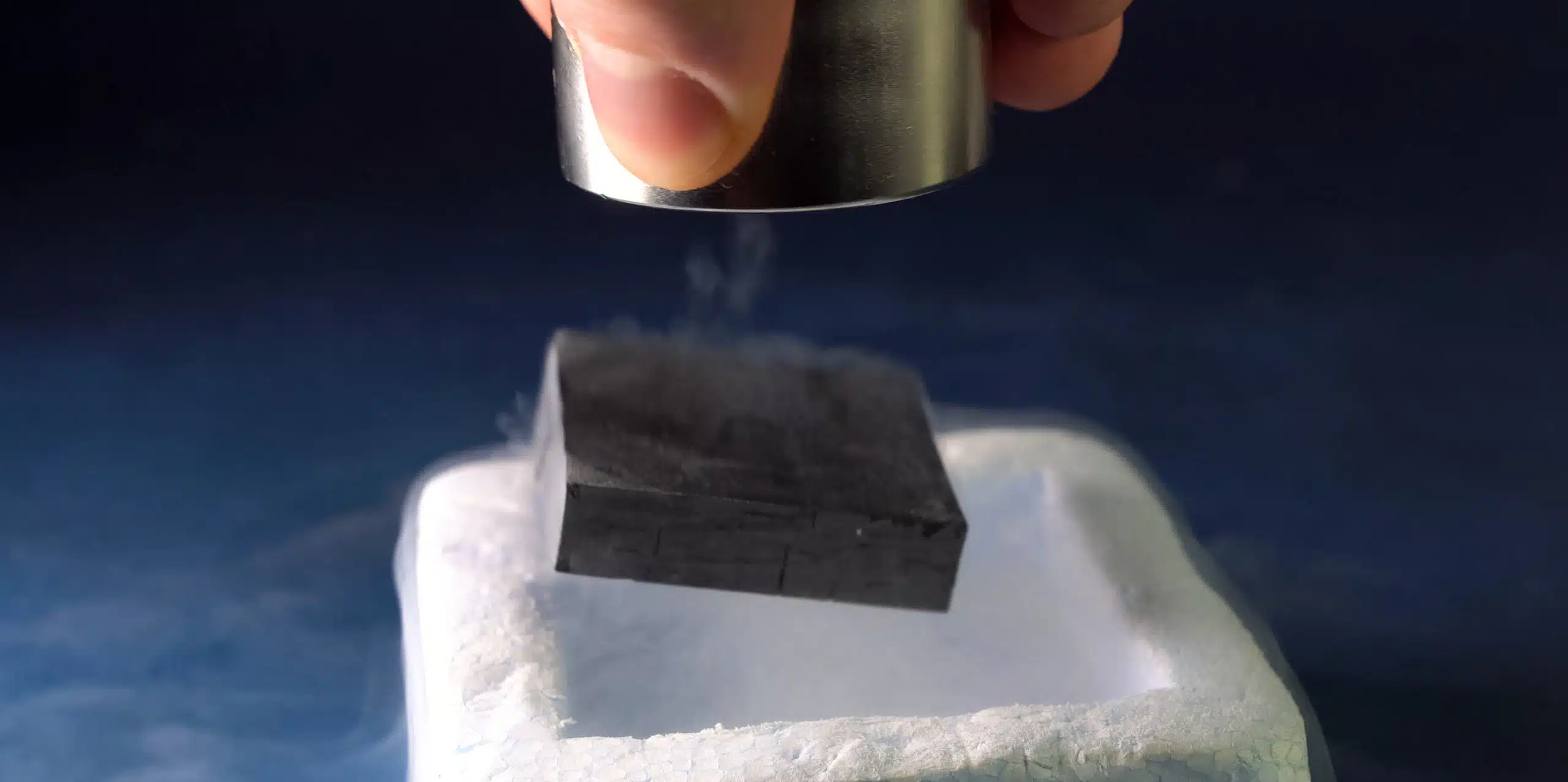Understanding BH Curve, Operating Temperatures, and Curie Temperatures in Magnets
News
Magnets play crucial roles in various technologies, from electric motors to medical equipment. Behind their functionality lie several key concepts that determine their performance under different conditions: the BH Curve, Operating Temperatures, and Curie Temperatures. Let’s examine these aspects to better understand their significance in the world of magnets.
BH Curve

The BH curve, also known as the magnetization curve, is a fundamental characteristic of magnets that describes how magnetic flux density (B) changes with the magnetizing force (H). Essentially, it illustrates the relationship between the external magnetic field applied to a material and the magnetic induction generated within it.
- Magnetization: As the external magnetic field increases, the magnetic material becomes increasingly magnetized, aligning its magnetic domains.
- Saturation: Beyond a certain point, further increases in the external magnetic field do not significantly increase the magnetic induction, as the material’s magnetic domains are fully aligned.
Understanding the BH curve helps engineers select the appropriate magnet material for specific applications, considering factors like the required magnetic strength and the range of external magnetic fields the magnet will experience.
Operating Temperatures
Magnets exhibit changes in their magnetic properties with fluctuations in temperature. Operating temperatures refer to the range within which a magnet can maintain its specified magnetic properties effectively.
For permanent magnets, the operating temperature range is crucial because:
- Demagnetization: High temperatures can lead to a loss of magnetization, resulting in reduced magnetic strength or even complete demagnetization.
- Curie Temperature: At a certain temperature known as the Curie temperature (Tc), ferromagnetic materials undergo a phase change where they lose their permanent magnetic properties. This temperature is critical for determining the upper limit of a magnet’s operating temperature range.
Different magnet materials have varying Curie temperatures. For instance, neodymium magnets have a Curie temperature around 590°F, while samarium-cobalt magnets can withstand temperatures up to about 1,382°F before losing their magnetism.
Click Here to view BuyMagnet’s range of High Temperature Neodymium magnets.
Curie Temperatures
The Curie temperature (Tc) is the temperature at which a material transitions from being ferromagnetic (magnetic domains aligned and producing a net magnetic field) to paramagnetic (magnetic moments become randomly oriented and produce no net magnetic field).
Understanding the Curie temperature is essential because:
- It determines the upper temperature limit for applications involving permanent magnets.
- It influences the choice of magnet material based on the required operating temperature range.
Below is a table showing the maximum Operating Temperature and Curie Temperature (point at which the material demagnetizes) for different grades of Neodymium magnets. It’s crucial for engineers and designers to consider these factors when selecting magnets for specific applications to ensure optimal performance and longevity.
| Grade | Maximum Operating Temperature (°F) | Curie Temperature (°F) |
| N35 | 176 | 590 |
| N38 | 176 | 590 |
| N40 | 176 | 590 |
| N42 | 176 | 590 |
| N45 | 176 | 590 |
| N48 | 176 | 608 |
| N50 | 158 | 608 |
| N52 | 158 | 608 |
| N30M | 212 | 212 |
| N33M | 212 | 212 |
| N35M | 212 | 212 |
| N38M | 212 | 212 |
| N40M | 212 | 212 |
| N42M | 212 | 212 |
| N45M | 212 | 212 |
| N48M | 212 | 212 |
| N50M | 212 | 212 |
| N52M | 212 | 212 |
| N30H | 248 | 248 |
| N33H | 248 | 248 |
| N35H | 248 | 248 |
| N38H | 248 | 248 |
| N40H | 248 | 248 |
| N42H | 248 | 248 |
| N45H | 248 | 248 |
| N48H | 248 | 248 |
| N30SH | 302 | 302 |
| N33SH | 302 | 302 |
| N35SH | 302 | 302 |
| N38SH | 302 | 302 |
| N40SH | 302 | 302 |
| N42SH | 302 | 302 |
| N45SH | 302 | 302 |
| N28UH | 356 | 356 |
| N30UH | 356 | 356 |
| N33UH | 356 | 356 |
| N35UH | 356 | 356 |
| N38UH | 356 | 356 |
| N28EH | 392 | 392 |
| N30EH | 392 | 392 |
| N33EH | 392 | 392 |
| N35EH | 392 | 392 |
| N38EH | 392 | 392 |
| N28AH | 446 | 464 |
| N30AH | 446 | 464 |
| N33AH | 446 | 464 |
| N35AH | 446 | 464 |
In summary, the BH Curve, Operating Temperatures, and Curie Temperatures are critical concepts in understanding the behavior and limitations of magnets. Engineers and scientists leverage this knowledge to design magnets that perform optimally in various environments, ensuring reliability and efficiency in diverse applications ranging from consumer electronics to industrial machinery.
As technology advances, deeper insights into these fundamental properties continue to drive innovation in magnet design, pushing the boundaries of what magnets can achieve across industries worldwide.
Contact the experts at BuyMagnets and discuss the magnets that right for your application.
